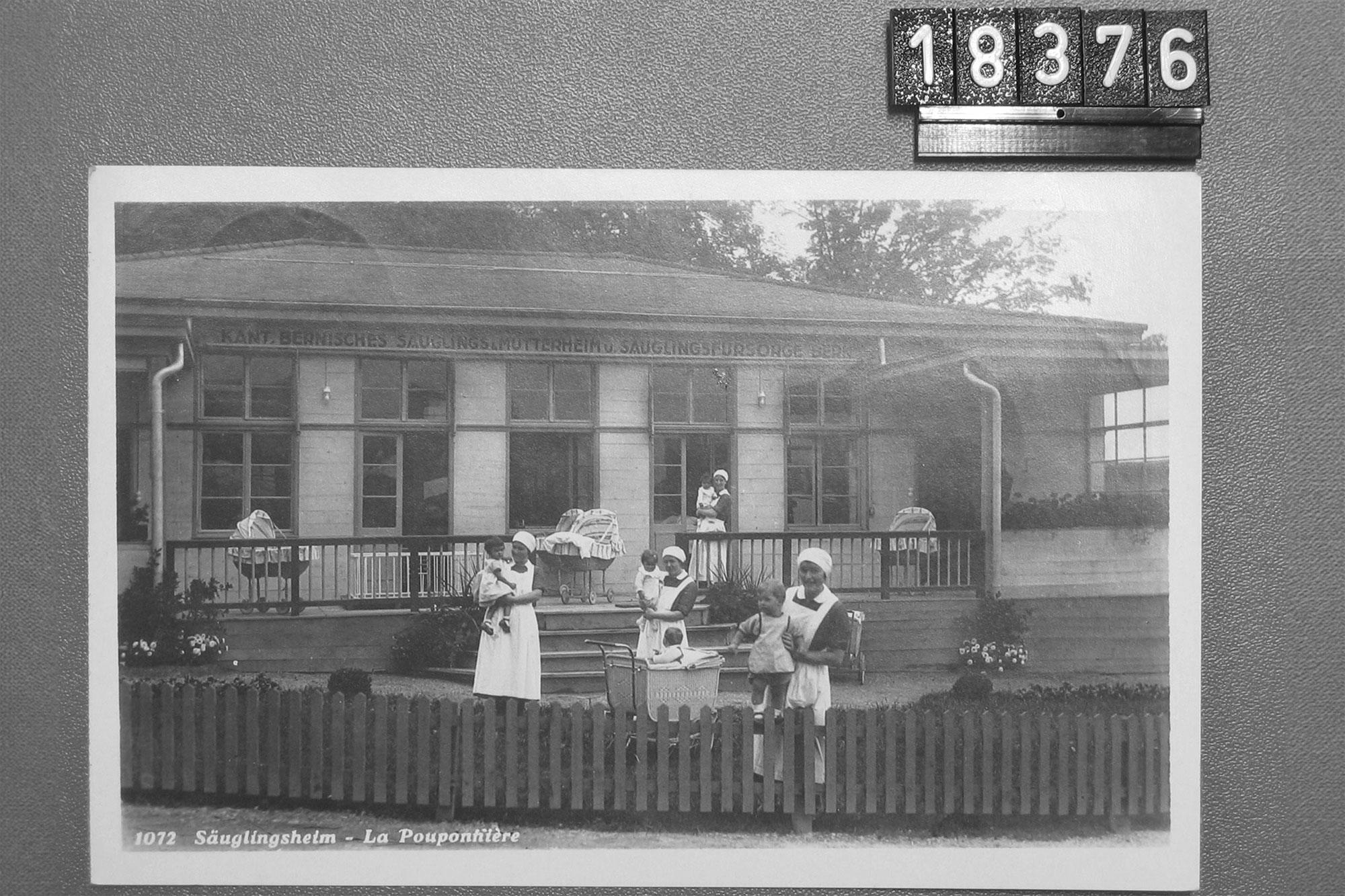Research project on the history of adoptions in Switzerland completed.

Until the 1970s, single mothers in Switzerland were often pressured into having their children adopted. Only with the revision of the Law of Children in the Civil Code in 1978 did the stigma around single mothers lessen.
In the 1960s and 1970s, the lack of support and childcare options, as well as their financial situations, forced single mothers in Canton Zug to hand their children over to foster families or for adoption. They were also under pressure in their personal environment and from the authorities and agencies to put their children up for adoption. Close cooperation between the agencies and the authorities in Canton Zug intensified this pressure. This cooperation was not always transparent and led to conflicts of interest. For example, the adoption agency staff were the legal guardians of the foster children and chose their adoptive parents. In their discussions, the mothers were told that adoption was the best thing for their child. The mothers also often bowed to the social attitudes of the day – shame and stigmatisation contributed to their decision to have their child adopted. If they did not, they were often put under pressure until they agreed.
It was only with the revision of the Law of Children in the Swiss Civil Code in 1978 that legitimate and illegitimate children gained equal status, thus helping reduce the stigma surrounding single mothers. The number of domestic adoptions in Switzerland began to fall at the end of the 1970s. In Canton Zug it became apparent that the family situations and reasons for domestic adoptions had changed.
